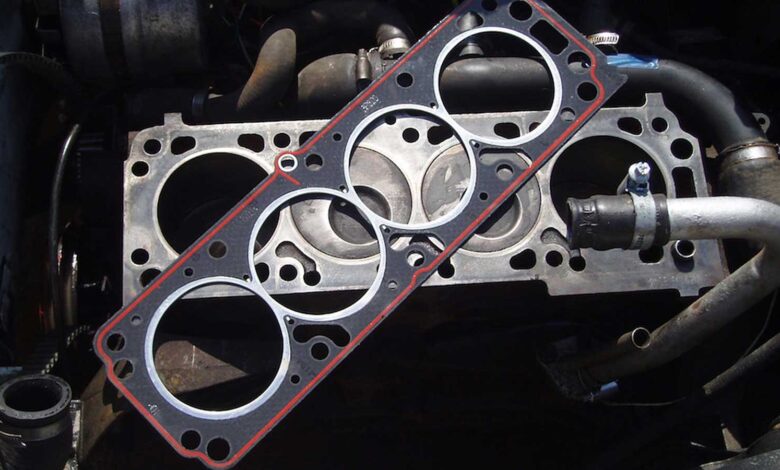Behind the Seal: Exploring the Everyday Importance of Gaskets

Imagine a world where cold escapes your refrigerator like a leaky faucet and every grocery trip results in spoiled food. That’s the world without a proper seal—and that seal’s name is the gasket.
Rarely praised yet deeply impactful, gaskets play a hidden but essential role in keeping both household and commercial refrigeration systems running at peak performance. But how much do we really know about them? In this article, we’ll lift the curtain on the vital functionality of gaskets, examine how they affect energy use, and explore the small signs that tell you when something’s wrong.
The Silent Guardian of Your Fridge
Whether you have a high-end stainless steel fridge or a basic top-freezer unit, it’s the gasket that allows the cooling system to do its job properly. Wrapped around the edge of your refrigerator and freezer doors, gaskets serve as a flexible, pressure-sensitive seal that ensures air stays where it should. Cold stays in. Heat stays out.
Without this airtight seal, even the most advanced refrigeration technology can falter. Temperature fluctuations, excessive condensation, and spoiled food are just the start of what can go wrong.
A Story of Rubber, Design, and Precision
The design of a gasket is not arbitrary. Material choice, thickness, and molding precision all contribute to the effectiveness of the seal. While many refrigerator gaskets are made from rubber or PVC, the specific compound must balance flexibility with durability. Too rigid, and it won’t seal well. Too soft, and it breaks down quickly.
This delicate balance of engineering is where companies like Reliable Gaskets USA shine—manufacturing gasket solutions that support both consumer convenience and operational efficiency.
The Domino Effect of Gasket Failure
Let’s say the gasket on your fridge develops a minor tear. At first glance, it’s easy to ignore. But that small breach becomes a problem magnet:
- The compressor kicks on more frequently, trying to maintain set temperatures.
- Condensation builds up inside, fostering mold or bacterial growth.
- Humidity levels fluctuate, harming fresh produce.
- Energy usage spikes without you noticing until the next bill arrives.
And perhaps the most insidious issue? You stop trusting your fridge. It’s no longer a reliable guardian of your food.
Gaskets Beyond Refrigerators
While we often associate gaskets with kitchen appliances, their role extends into countless industries. Walk-in coolers in restaurants, vaccine refrigerators in medical labs, and even floral storage units all rely on gaskets to do their job properly.
Industrial settings especially require gaskets to maintain compliance with health and safety regulations. A failed seal isn’t just inconvenient—it can lead to wasted inventory, failed inspections, or even customer complaints.
Refrigerator Gasket Maintenance: Minimal Effort, Maximum Impact
One of the best things about refrigerator gaskets? They’re easy to maintain. A few minutes of care every couple of months can help avoid costly repairs or replacements down the line.
Simple Tips:
- Wipe down regularly using a damp cloth with a mild detergent.
- Inspect for cracks or flattening at corners where pressure is uneven.
- Avoid slamming doors, which can weaken the magnetic or pressure-based adhesion.
- Test the seal with the simple dollar bill trick—if it slides out easily when the door is closed, your seal is compromised.
When It’s Time to Replace
No gasket lasts forever. Natural wear and tear eventually lead to loss of elasticity, gaps, or deterioration. You may even feel cold air escaping or notice frost forming around the door edges.
If you’re questioning whether it’s time to replace your gasket, err on the side of caution. Replacement is relatively simple and significantly less expensive than replacing food—or the entire appliance.
Reputable sources like Reliable Gaskets USA offer durable options that match original specifications, making DIY replacement or professional installation a seamless process.
Saving Energy One Seal at a Time
An often-overlooked environmental benefit of healthy gaskets is their contribution to energy conservation. Appliances that have to work harder to maintain temperatures draw more electricity. This not only inflates utility bills but contributes to higher carbon emissions over time.
Tightly sealed refrigeration units consume less energy, last longer, and reduce overall environmental impact—a meaningful difference at both residential and commercial scales.
The Gasket’s Role in Food Safety
Temperature consistency is essential for preventing bacterial growth and preserving food quality. Refrigeration zones must remain within a safe range, and gaskets are integral to maintaining that.
Whether you’re storing meat, dairy, leftovers, or temperature-sensitive medication, the rubber ring along your fridge door is directly linked to the shelf life and safety of its contents. That’s why food service operators often include gasket inspections in their daily maintenance checklists.
Small Part, Big Impact
It’s easy to overlook a refrigerator gasket as just another rubber part, but its function is central to efficient cooling, energy conservation, and food preservation. Much like tires on a car or filters in an HVAC system, gaskets perform quietly in the background—until they don’t.
For consumers and businesses alike, awareness is the first step. Regular inspection and timely replacement can extend appliance life, lower energy bills, and safeguard your food.
Reliable Gaskets USA continues to emphasize the value of premium gasket solutions for both home and industry, encouraging a new appreciation for this often-ignored component.




